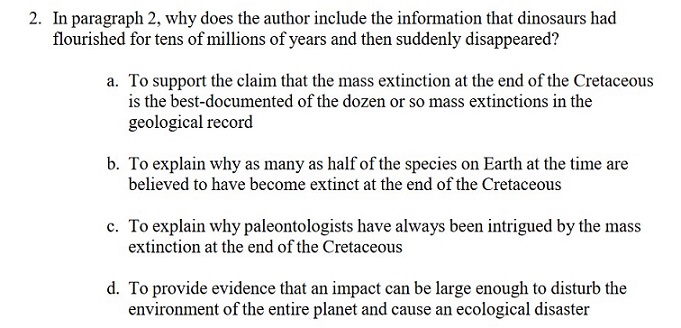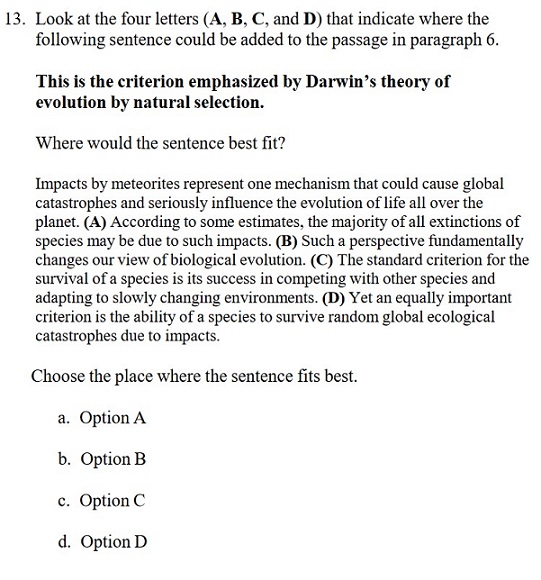Practice TOEFL Reading : Tips and Trick
Nama : Rifki Sepyan Habib
NPM : 1910631060191
Class : 3 F
Practice TOEFL Reading Tests
The Key to Acing TOEFL Reading
Many TOEFL students find the Reading section challenging because they have to read and analyze a lot of English in a short amount of time. Knowing what to expect and taking steps to prepare yourself can go a long way in helping you do well on this section.
While you’re studying for TOEFL Reading, be sure to take practice tests, read academic texts, strengthen your vocabulary, and figure out if taking notes while reading helps you or hurts you. On test day, during TOEFL Reading, remember to pace yourself, avoid getting stuck on one question and wasting time, and be sure to use context clues to decipher the meaning of tricky words.
TOEFL Reading Section
Reading is the first section on the TOEFL, and it’s designed to test your ability to understand university-level academic texts and passages. You’ll have 60-80 minutes to answer questions based on three to four passages. The variation in time and length is due to the fact that some test takers will have un-scored experimental questions in their TOEFL Reading section, making it extra long, while others will have experimental questions during their Listening section instead. You won’t know which questions are experimental and which are graded, so try not to worry about it too much.
Each of the TOEFL Reading passages will be about 700 words long, and they’ll be followed by about 12-14 questions. The passages are from university-level textbooks that introduce a topic or discipline.
Types of Questions on TOEFL Reading
You will come across three different types of questions as you read through the TOEFL Reading passages.Since it’s important to knowthe different types of question and, for each question type, give an official sample question and response tips.
Standard Multiple Choice
You likely have a lot of experience with these types of questions. For each question there are four answer choices, only one of which is correct. You’ll need to choose the correct one.These questions may ask you about the passage as a whole, specific sentences or phrases in the passage, or the meaning of a particular word that was used.
Sample Question

tips for answer
Read every answer choice. This may seem like obvious advice, but on the day of the test it’s easy to see an option that looks pretty good, choose it, and move along to the next question without checking to make sure there isn’t a better option.
Look for evidence in the passage. Every correct answer will be supported by evidence in thepassage, even if it’s not immediately obvious. If you’re unsure of which answer is correct, go back and skim the passage for clues.
2. Inserting a Sentence
For each passage, there will be one Inserting a Sentence question. There will be four different places where the new sentence can be inserted, and your job is to select the spot where the sentence best fits.
Sample Question

tips for answer
- Don’t be tempted to skim the options or stop after the first option if it sounds good enough. These questions are designed to be somewhat tricky.
- Consider if the meaning of the paragraph changes depending on where the
sentence is placed. The correct answer will keep the original meaning
the same.
Komentar
Posting Komentar